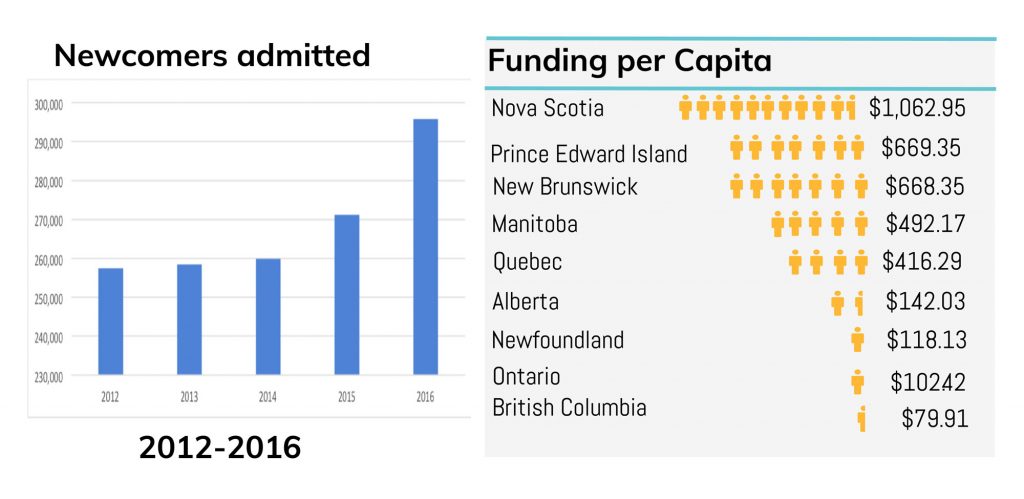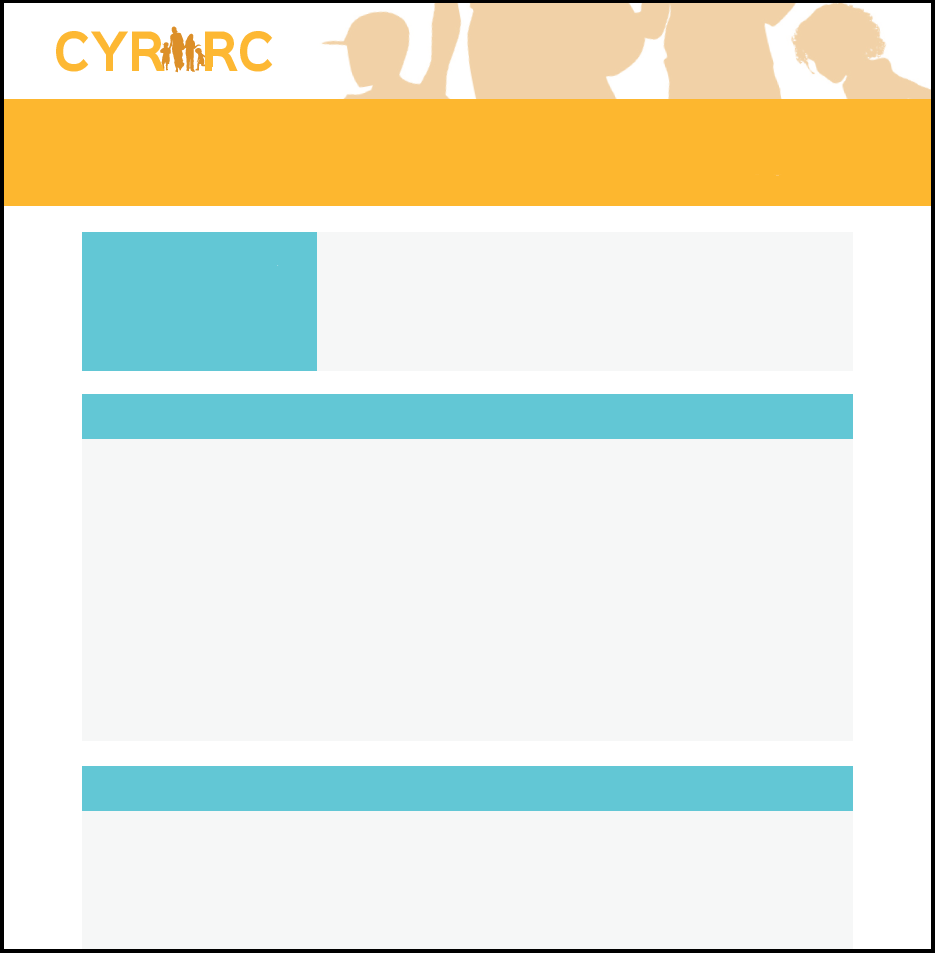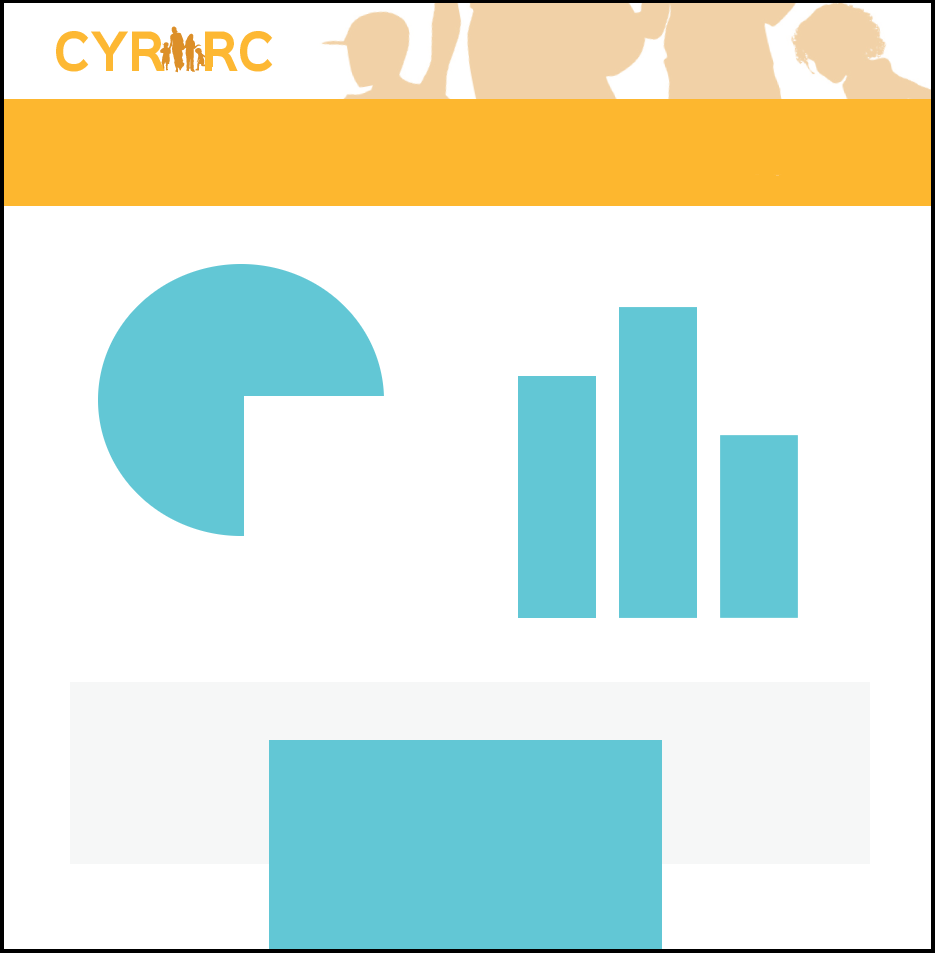Immigration and Refugee Settlement in Canada: Trends in Public Funding
Researchers: Dominique Clément and Jennifer Braun
Affiliation: University of Alberta
Research Partner: Affiliation of Multicultural Societies and Service Agencies of BC (AMSSA)
Keywords: refugees, immigrants, newcomers, settlement funding, public funding, provincial funding, federal funding, Canada, quantitative research,
Jump to: Infographics & Executive Summary, Methodology, Findings, Publications & Reports
Summary
Objective: This study identified provincial programs for immigrant and refugee settlement, compared provincial funding trends, and examined federal data to identify national trends in settlement funding.
Justification: Data on federal and provincial funding will provide insight on the quality and availability of public services and assist governments in determining the impact of their programs for assisting newcomers.
Practical goal: to provide a resource for creating policies, pursuing research opportunities, and providing services focused on newcomers, including children and youth.
Primary audience: service providers, policy makers, immigration researchers, and the public.
Methodology
Service Provider Organizations (SPOs) in all 10 provinces were engaged in mapping government programs. Respondents were requested to provide information on the following:
- A list of existing programs for immigrants and refugees
- Total amount of funder per year from 2012-2017 per program
- A description of the mandate of each program
- If the program includes funding for SPOs, a list of recipients and amounts per year
Finally, although the focus was on comparing provincial funding models, data on federal funding for settlement and integration was also collected to provide a foundation for identifying national trends.
Findings
Government Programs:
- All provinces have programs that promote labour market participation, settlement and integration, and language training.
- Language training is usually subsumed within labour market integration programs, except in Alberta.
- The largest amount of funding is allocated to settlement and integration services for newcomers.
Trends in Provincial Funding:
- The primary finding in this report is that while the number of newcomers to Canada continued to rise between 2012 and 2017, most provincial budgets remained static. The exception is Ontario, which has provided additional settlement funding through a new program.
- After Quebec (which has a unique funding model), Ontario has the highest funding for immigrant and refugee programs, while Newfoundland and Labrador has the lowest.
- Nova Scotia has the highest per capita funding while BC has the lowest.
- All provinces provide some funding for SPOs, but the amounts differ significantly across provinces.
Trends in Federal Funding
- Federal funding through IRCC supports dozens of programs from health to social services; however, its largest programs are concerned with settlement and integration.
- Most of the federally funded SPOs have existed for over 20 years. Ten of the top twenty are in Ontario.
- Ontario received the most federal funding for settlement, while Newfoundland and Labrador received the least.
- For more on trends in federal funding, see the follow up CYRRC study by Dominque Clément and Jennifer Braun.
Recommendations
When funding and service levels are different between jurisdictions, some newcomer families may have significantly better chances at successful integration in some provinces compared to others. A strategy that ensures not just an increase in funding but also an equitable distribution among provinces would help ensure better outcomes for newcomers regardless of settlement location.
Explore more projects



